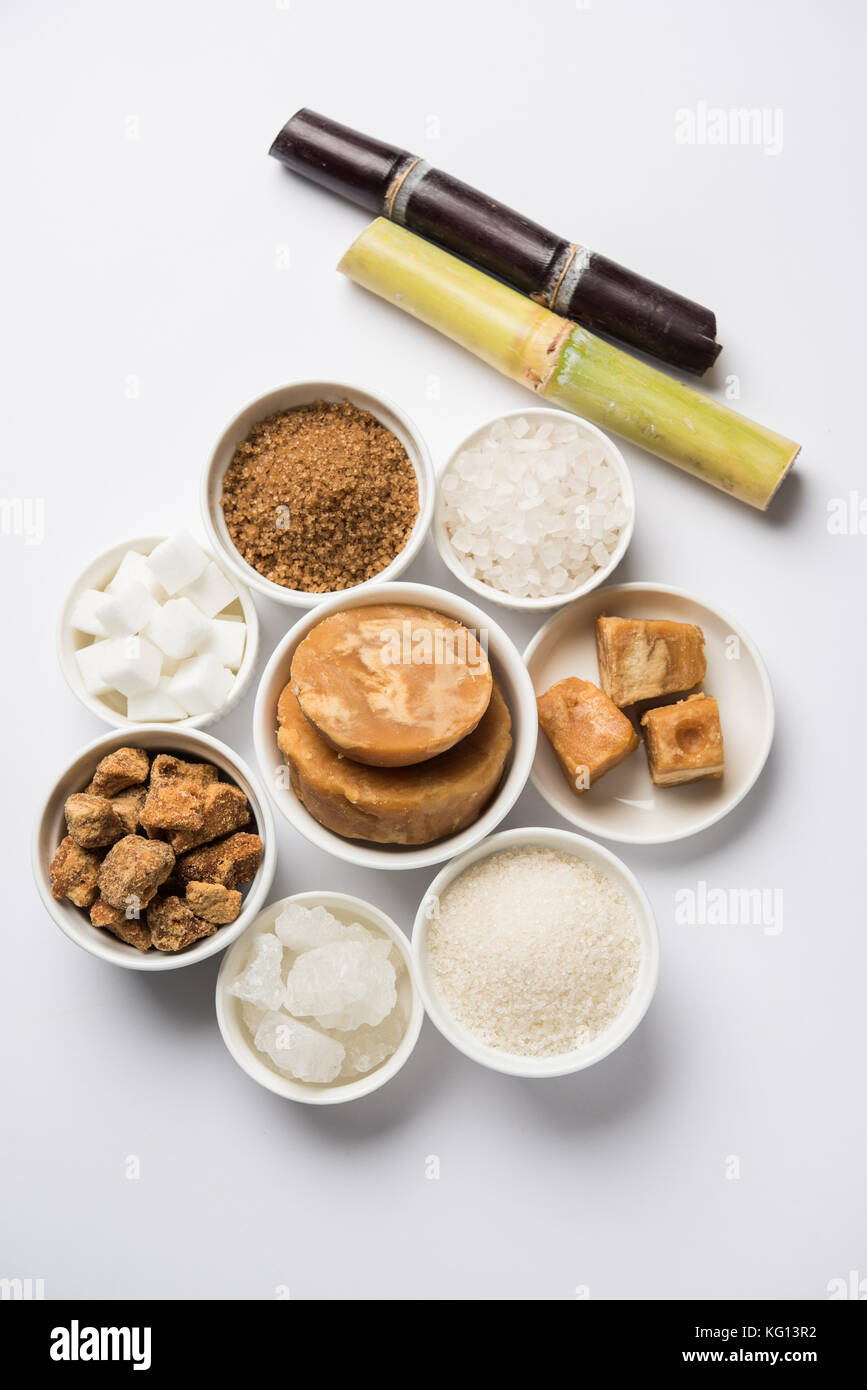The Journey of Sugarcane: From Harvest to Everyday Products
The trip of sugarcane is a diverse process that begins with meticulous growing and culminates in a range of products that penetrate our daily lives. As we check out the various elements of sugarcane's trip, its role in sustainability and the more comprehensive implications for our setting come into sharper emphasis.
Farming of Sugarcane
The growing of sugarcane is a crucial farming procedure that needs details environmental problems and monitoring methods. Optimum growth happens in exotic and subtropical regions where temperature levels range between 20 ° C and 32 ° C. Adequate rains or watering is vital, as sugarcane grows in moist dirt with well-drained problems (sugarcane product). Soil high quality dramatically influences yield; therefore, farmers usually conduct soil examinations to determine nutrient requirements
Growing commonly occurs in rows, using stem cuttings referred to as setts, which are grown flat. This method helps with effective collecting and takes full advantage of sunshine direct exposure. Plant turning and intercropping are recommended methods to improve dirt fertility and lower parasite infestations. Farmers use incorporated pest monitoring approaches to minimize chemical inputs while ensuring healthy and balanced plant growth.
Timely application of these plant foods can substantially enhance sugar returns. In general, effective sugarcane growing pivots on a combination of ecological stewardship, tactical preparation, and ongoing monitoring practices.
Gathering Techniques
Successful sugarcane farming culminates in the collecting phase, which is essential for taking full advantage of return and guaranteeing top quality. The timing of the harvest is important; sugarcane is commonly gathered when sucrose degrees peak, typically in between 10 to 18 months after growing. This period varies based upon environment, soil type, and sugarcane selection.
Harvesting techniques can be extensively classified right into manual and mechanical techniques. Hand-operated harvesting is labor-intensive, relying upon competent employees that use machetes to cut the stalks close to the ground. This approach permits selective harvesting, where only the ripest walking sticks are selected, therefore enhancing overall sugar content.
On the other hand, mechanical harvesting has actually obtained appeal due to its efficiency and cost-effectiveness. Specialized harvesters geared up with cutting knives and conveyor systems can process big areas swiftly, dramatically lowering labor costs. This approach may lead to the inclusion of premature walking sticks and a possible decrease in sugar quality.

Despite the method utilized, making certain that harvested canes are carried swiftly to refining facilities is important. Prompt dealing with minimizes spoilage and maintains the stability of the sugarcane, establishing the stage for optimum processing.
Processing Techniques
Processing sugarcane involves several important steps that change the collected stalks into useful items, primarily sugar and molasses. The initial stage is cleaning the walking cane to eliminate soil and debris, followed by the removal of juice with crushing or milling. This procedure usually utilizes heavy rollers that damage the walking stick fibers to release the pleasant liquid had within.
When the juice is extracted, it goes through clarification, where contaminations such as soil fragments and bagasse are eliminated. This is often accomplished by adding lime and heating up the juice, permitting sedimentation. The clarified juice is after that concentrated with dissipation, where water material is lowered, resulting in a thick syrup.

Inevitably, the processing of sugarcane not just creates sugar Clicking Here and molasses yet also lays the groundwork for different by-products, which will be explored in subsequent conversations.
Products Derived From Sugarcane
Sugarcane is a flexible plant that yields a broad variety of items past just sugar and molasses. Among the primary spin-offs are ethanol and biofuels, which have actually obtained prestige as renewable resource sources. Ethanol, produced with the fermentation of sugarcane juice, functions as an alternate to nonrenewable fuel sources and is often blended with gas to produce cleaner-burning fuels, minimizing greenhouse gas exhausts.
In addition, sugarcane is a substantial resource of bagasse, the coarse deposit continuing to be after juice removal. Bagasse is made use of in numerous applications, consisting of the manufacturing of paper, biodegradable product packaging, and as a biomass gas for power generation. Its usage not just minimizes waste however likewise improves the sustainability of sugarcane processing.
Additionally, sugarcane-derived products reach the food sector, where it offers as a natural flavoring representative and sugar in different culinary applications. In the world of cosmetics, sugarcane essences are integrated into skin care products due to their all-natural exfoliating buildings.
Ecological Impact and Sustainability
The farming and handling of sugarcane have substantial ramifications for environmental sustainability. This plant needs significant water sources, frequently leading to deficiency of local water materials and influencing surrounding ecological communities. Furthermore, making use of plant foods and pesticides in sugarcane farming can cause soil destruction and river contamination, positioning threats to biodiversity.

Lasting sugarcane farming additionally promotes soil wellness via crop rotation and minimized husbandry, enhancing carbon sequestration. The adoption of these methods not just sustains ecological integrity however likewise boosts the durability of my review here farming neighborhoods versus environment change.
Conclusion
In summary, the journey of sugarcane includes numerous phases from farming to handling, inevitably causing a wide range of products. The importance of sugarcane prolongs past simple sugar, adding to eco-friendly power with ethanol manufacturing, sustainable packaging by means of bagasse, and all-natural extracts for cosmetics. This multifaceted crop plays a critical role in both nutritional enrichment and ecological sustainability, highlighting its value in contemporary farming and industrial practices.
Successful sugarcane growing culminates in the gathering phase, which is critical for making best use of return and making certain top quality. The timing of the harvest is try this vital; sugarcane is commonly collected when sucrose degrees top, normally between 10 to 18 months after planting.Handling sugarcane entails a number of vital steps that change the collected stalks into usable items, mostly sugar and molasses.Sugarcane is a flexible crop that generates a large range of products past just sugar and molasses. Additionally, the usage of fertilizers and chemicals in sugarcane farming can result in dirt degradation and river contamination, positioning threats to biodiversity.